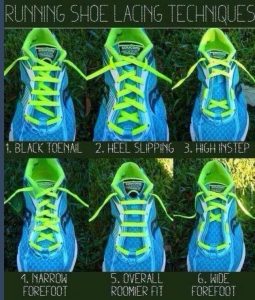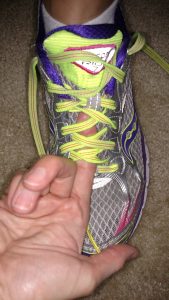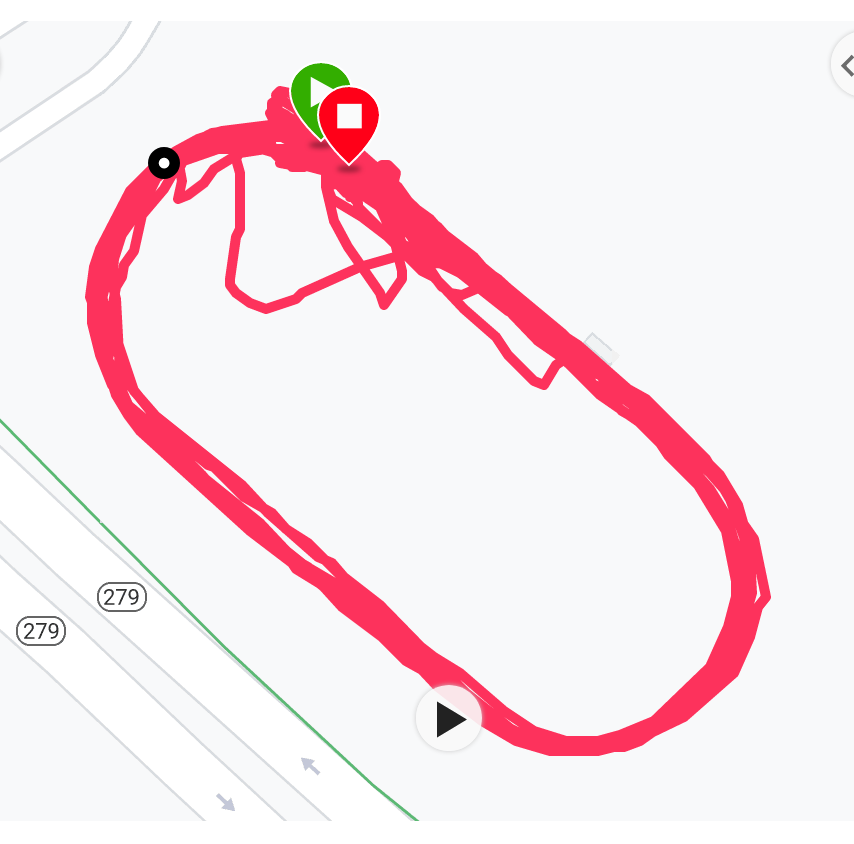Shin splints are an annoying injury that almost every runner faces at some point during their career. Whether you’re a 2:30 marathoner or 45 minute 5k racer, it’s one problem no one wants to face. Identified by throbbing shin bones when running or walking, shin splints are a painful and hobbling nuisance. Luckily, once you’ve ruled out a stress fracture, the solution can often be a simple and easy one. Here are three simple fixes for shin splints that Team ECRP uses over and over again to keep runners moving.
Test your shoelaces. Sometimes the quickest way to get to the root  of your shin pain is to check the things on your feet. Connected to your ankle and therefore your shin bone, anything awry with your foot can lead to serious problems anywhere above it. How? Our feet
of your shin pain is to check the things on your feet. Connected to your ankle and therefore your shin bone, anything awry with your foot can lead to serious problems anywhere above it. How? Our feet  flex to absorb impact every time we land, they move around to help us balance and are how power goes from our bodies to the ground. If our shoes are tied too tightly we take that away from them.
flex to absorb impact every time we land, they move around to help us balance and are how power goes from our bodies to the ground. If our shoes are tied too tightly we take that away from them.
Fix: Make sure you can fit at least a finger under all of your laces except the top one. Try different lacing styles based on your foot type. Kicking those shin splints could be as simple as letting your feet do their jobs.
Gait Analysis: OK, it’s not the laces. You tried loosening them and nothing changed. The next step is to have your gait checked out. Serious heel striking or over striding with a locked out ankle can send shock waves right up those fragile shin bones every single step. Have a qualified coach watch to help determine if the way you run could be causing your problem.
problem.
Fix: Work towards shorter, softer steps. Not all heel striking is bad but all over striding is sure to cause some trouble. Film yourself and work with a coach to treat the source, not just the symptom.
Strength Training: We always want to treat the source of an injury so it doesn’t happen again. That makes the gait analysis mentioned above a key component of healing your hurting shins since weak hips or poor posture can lead to lots of problems below the knee. Proper strength training will help prevent the overuse that typically leads to torn up shins.
Fix: Work with a coach or trainer to develop a plan that includes runner specific strength work and a gradual build up of mileage.
A completely avoidable injury, don’t let shin splints won’t sideline you again.
Coach Meredith


